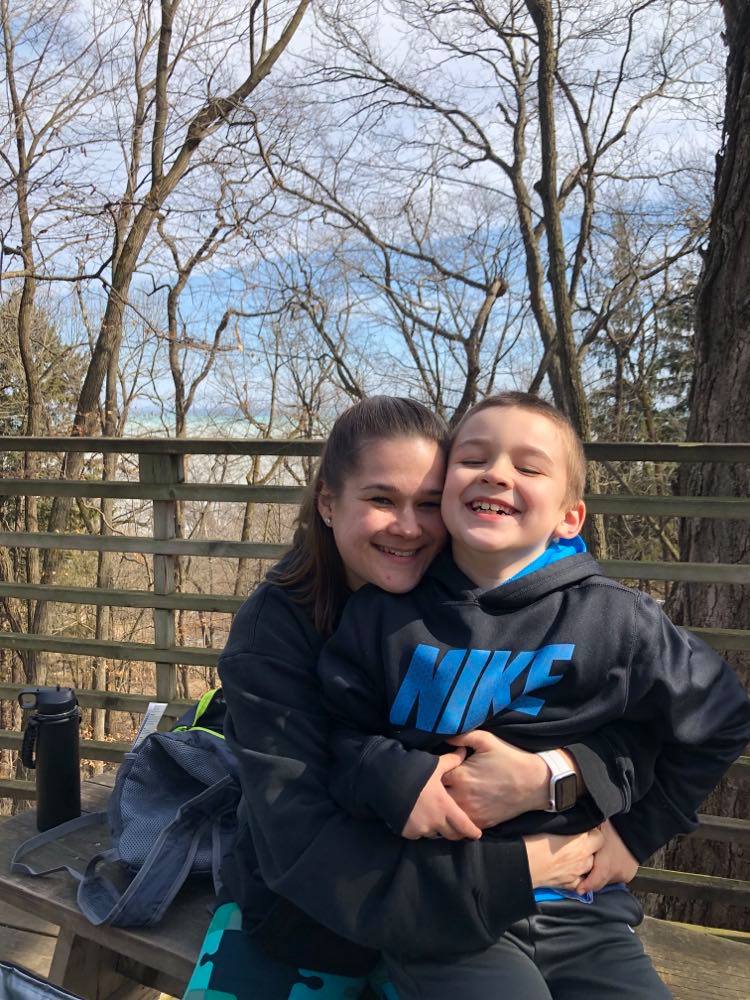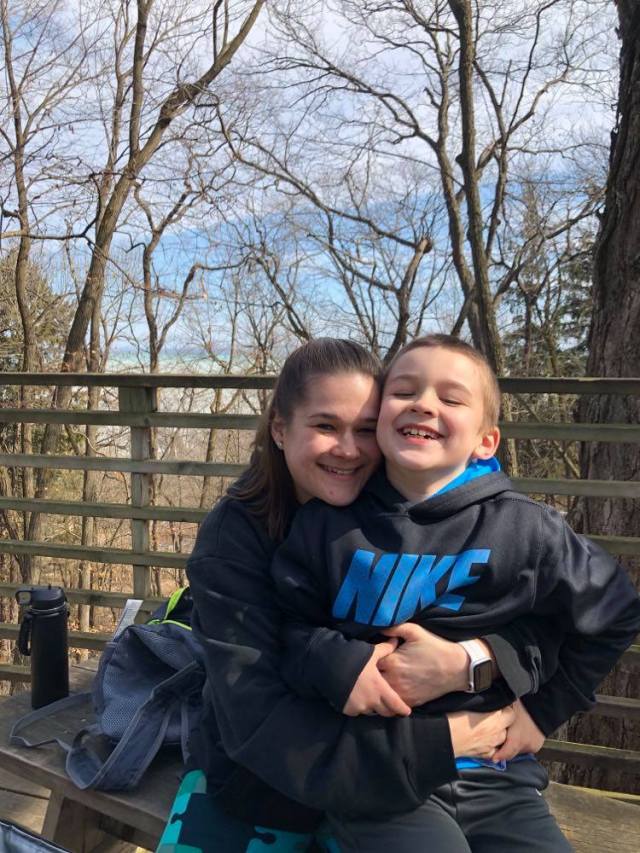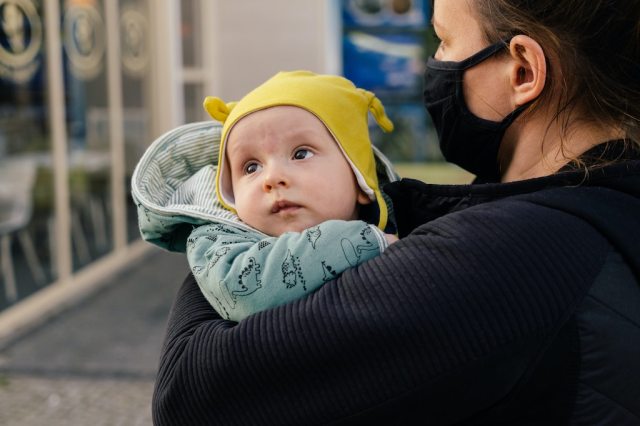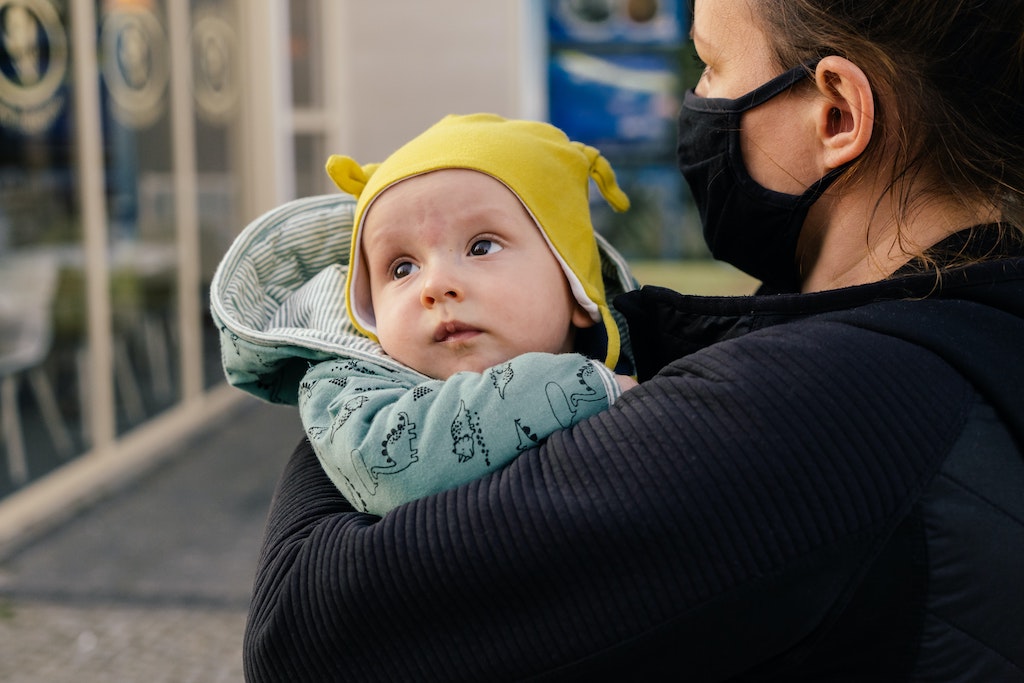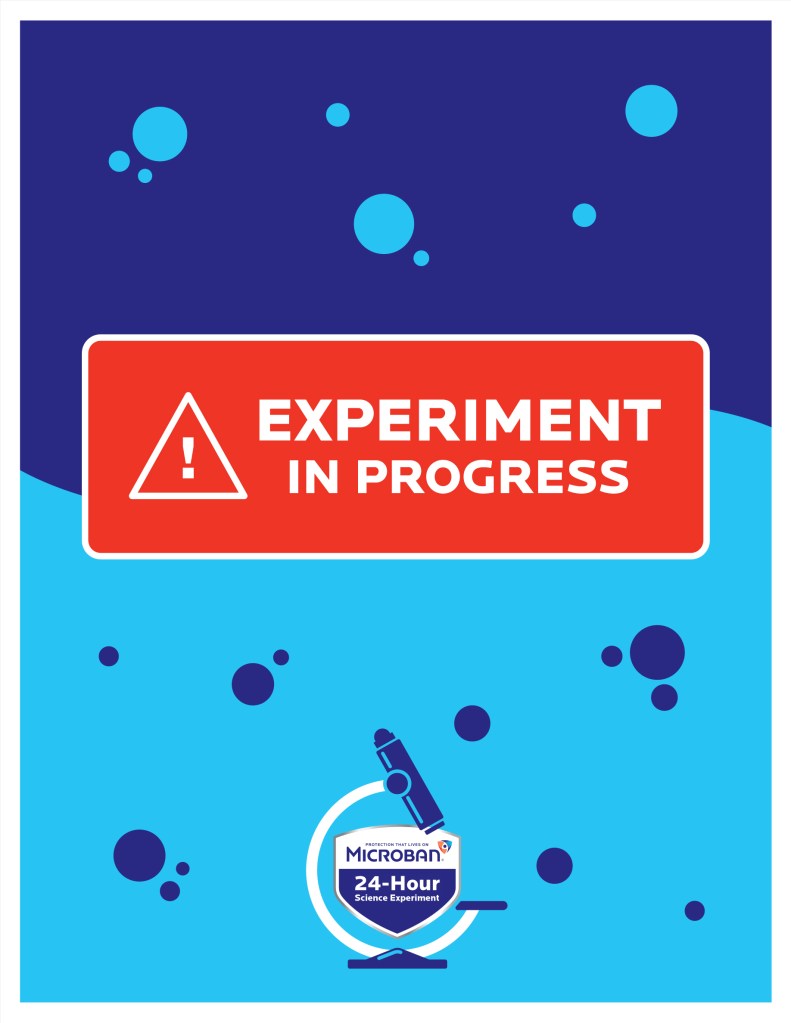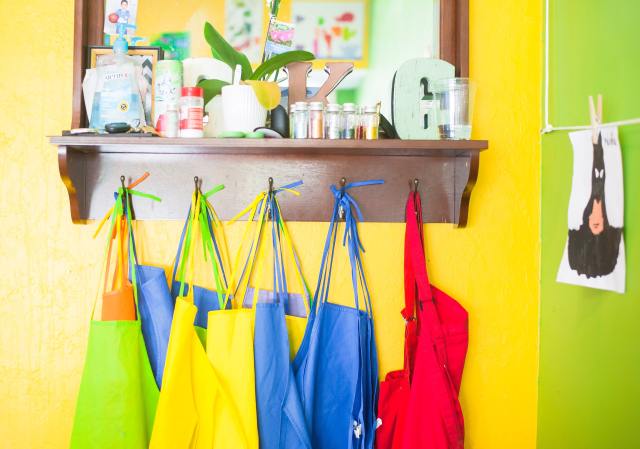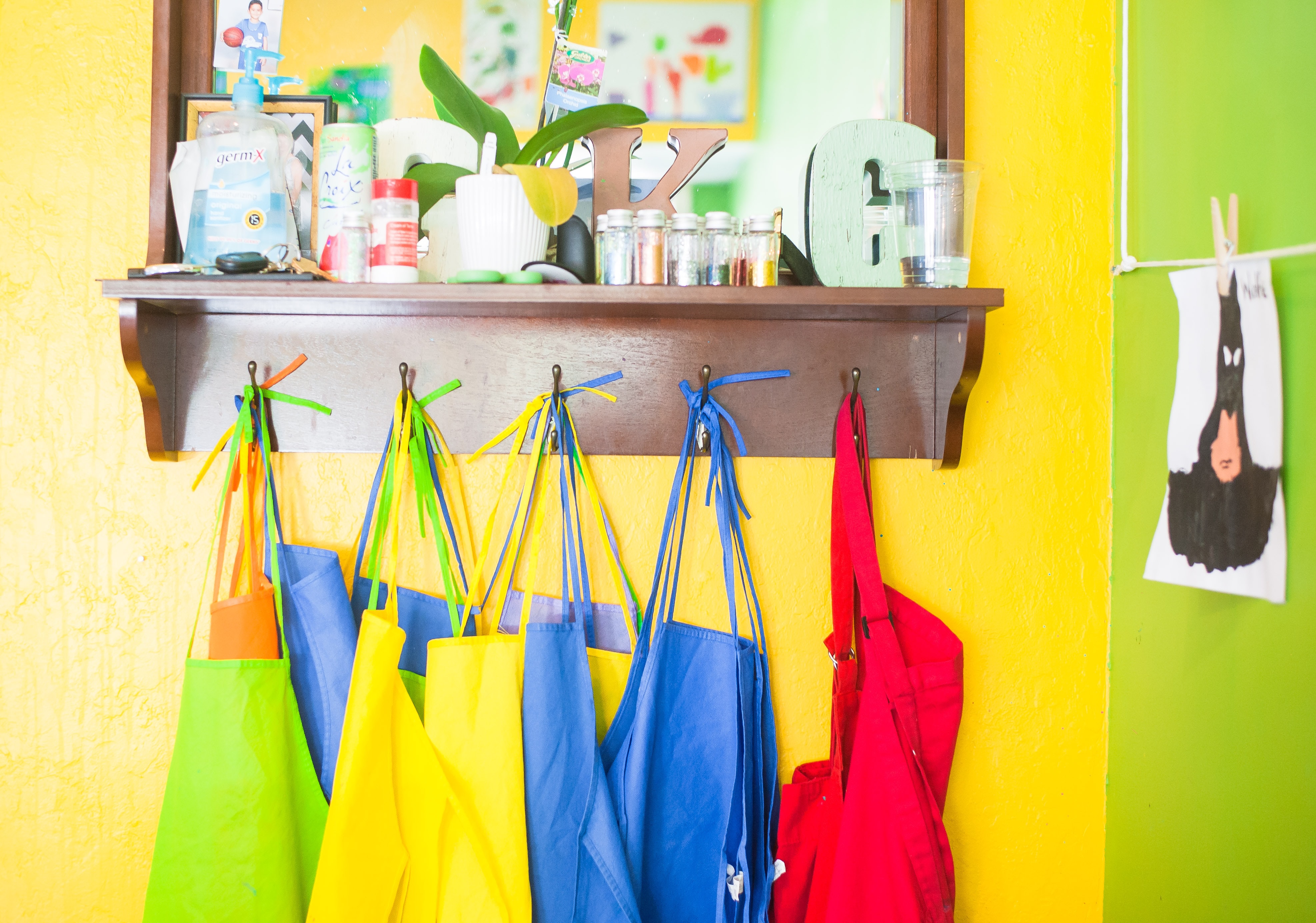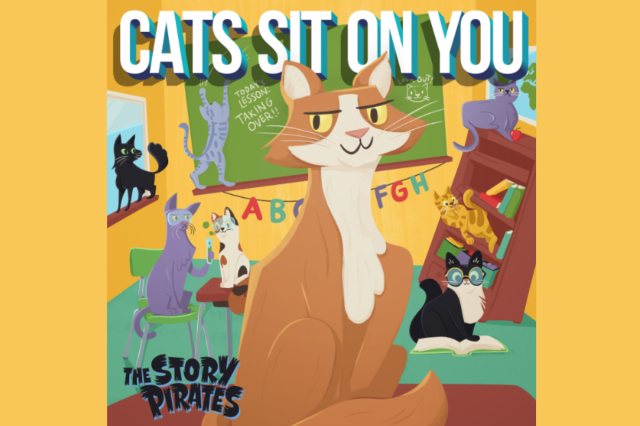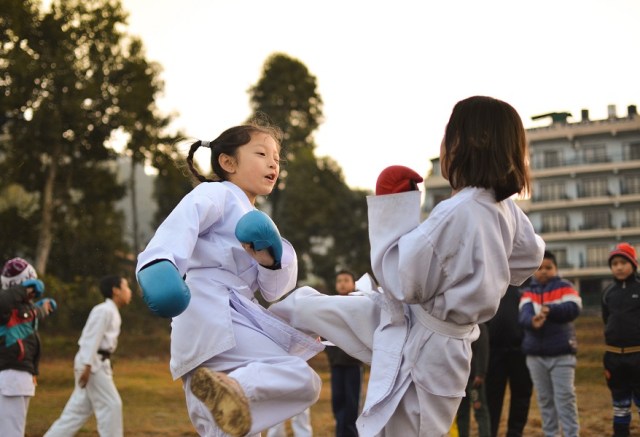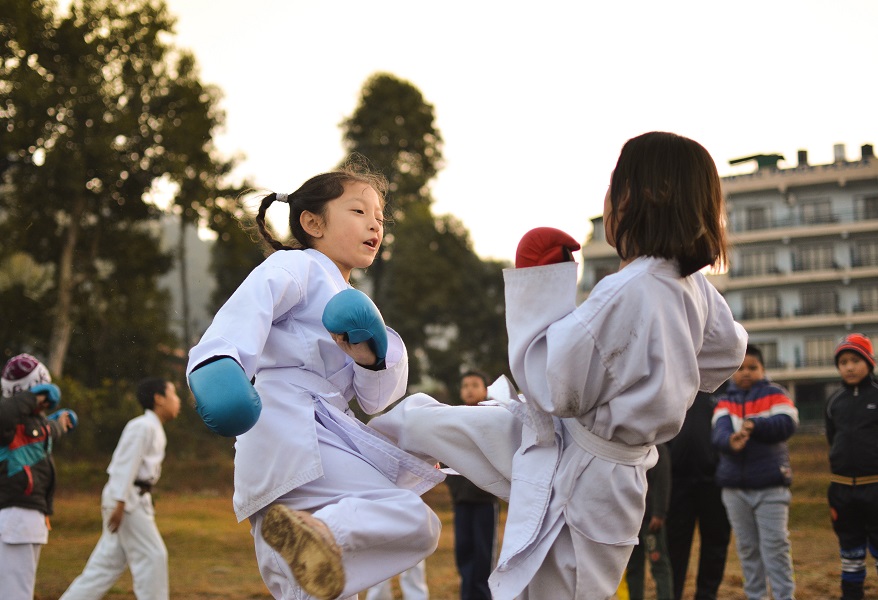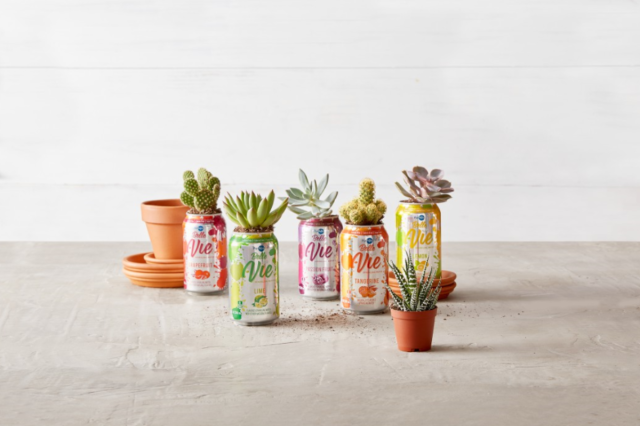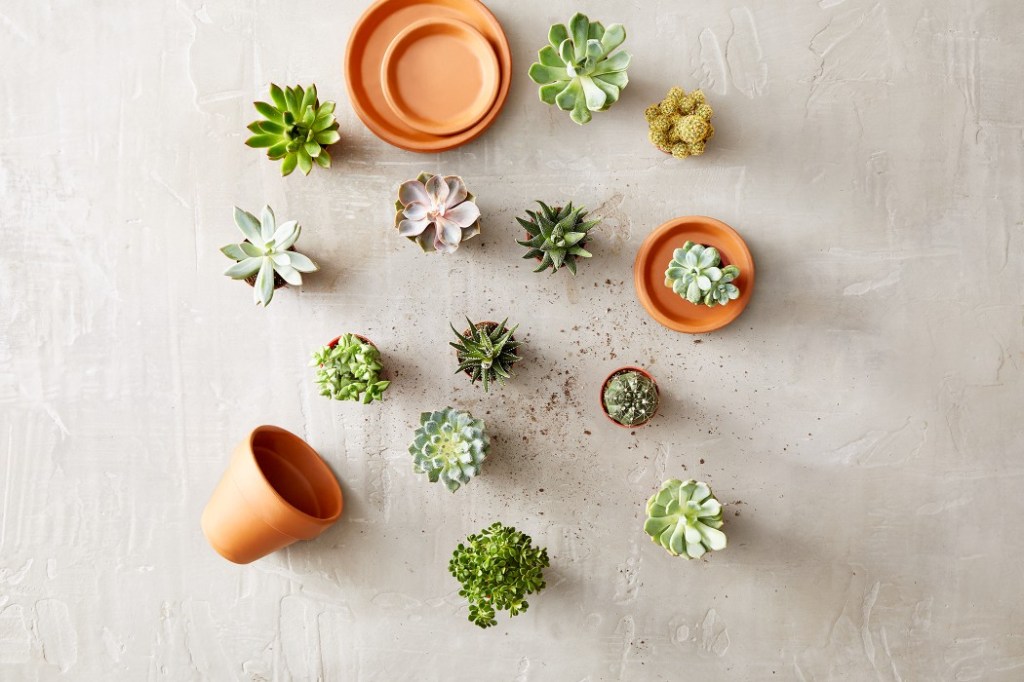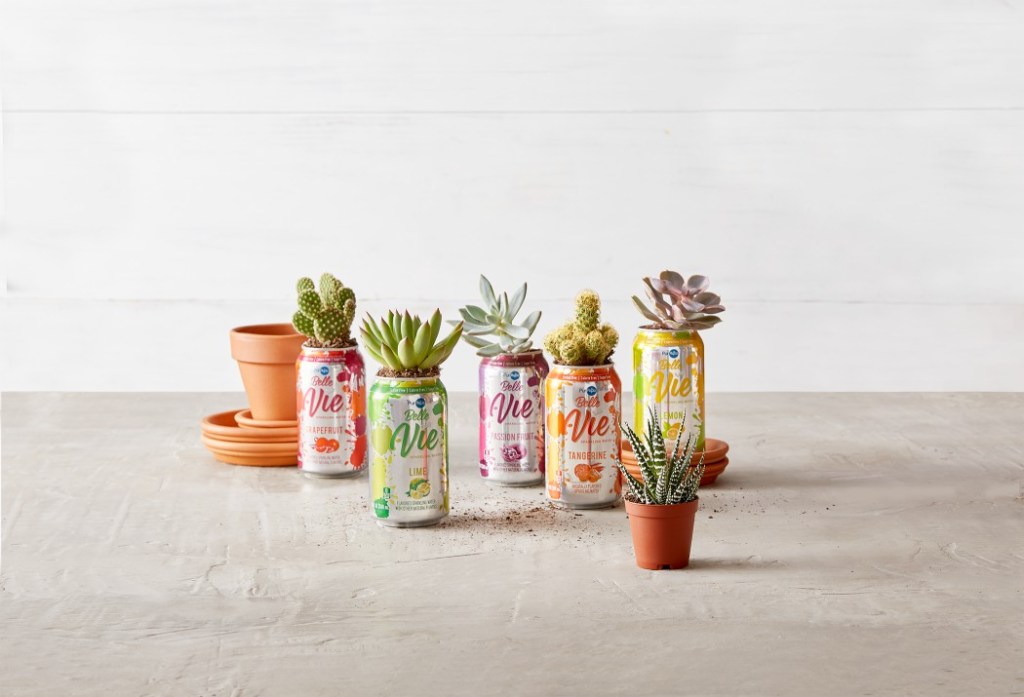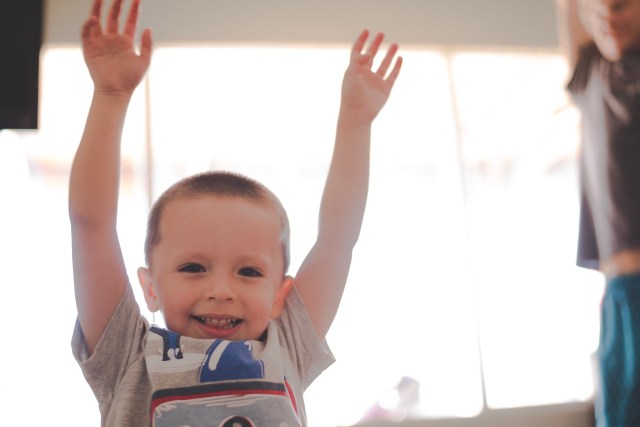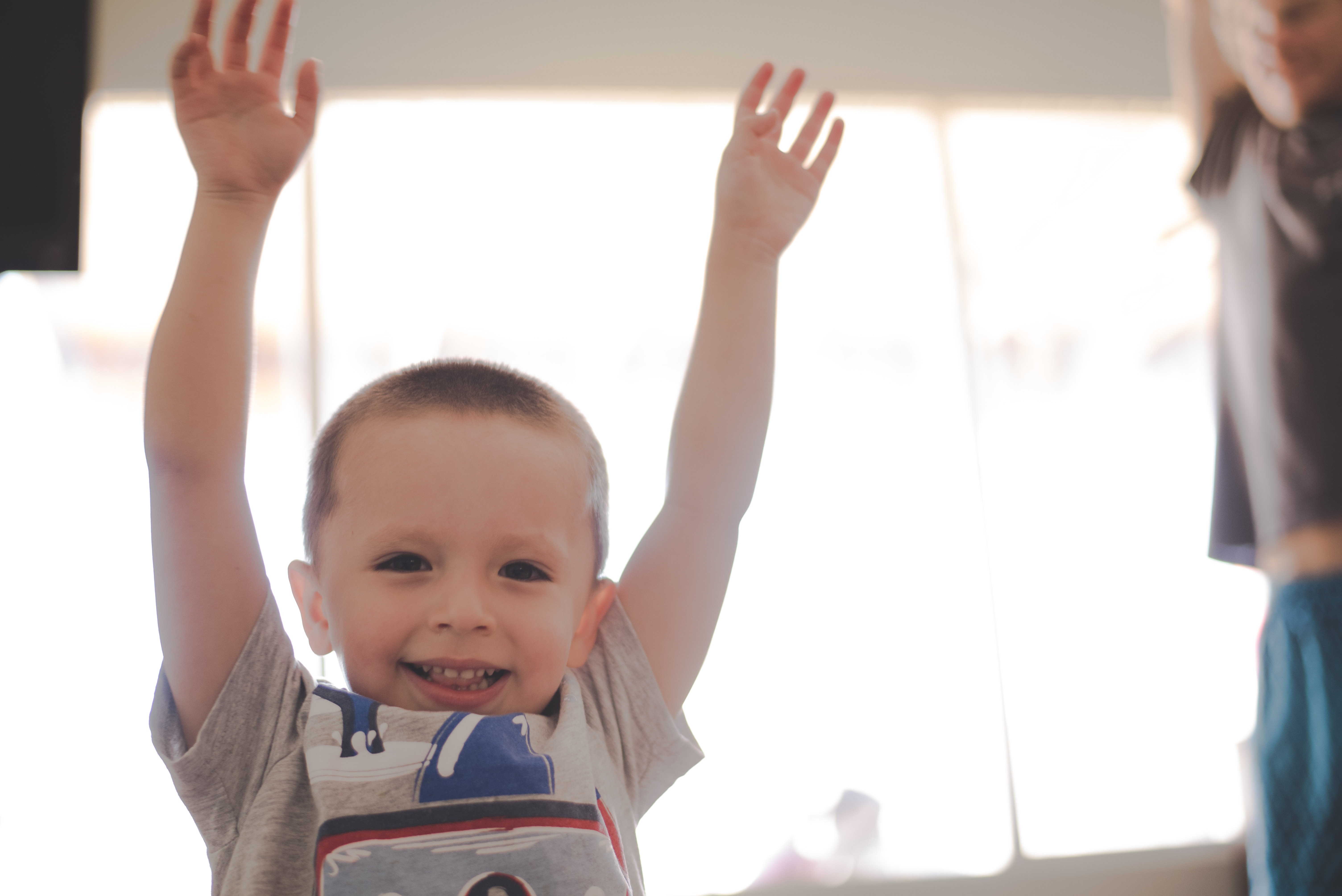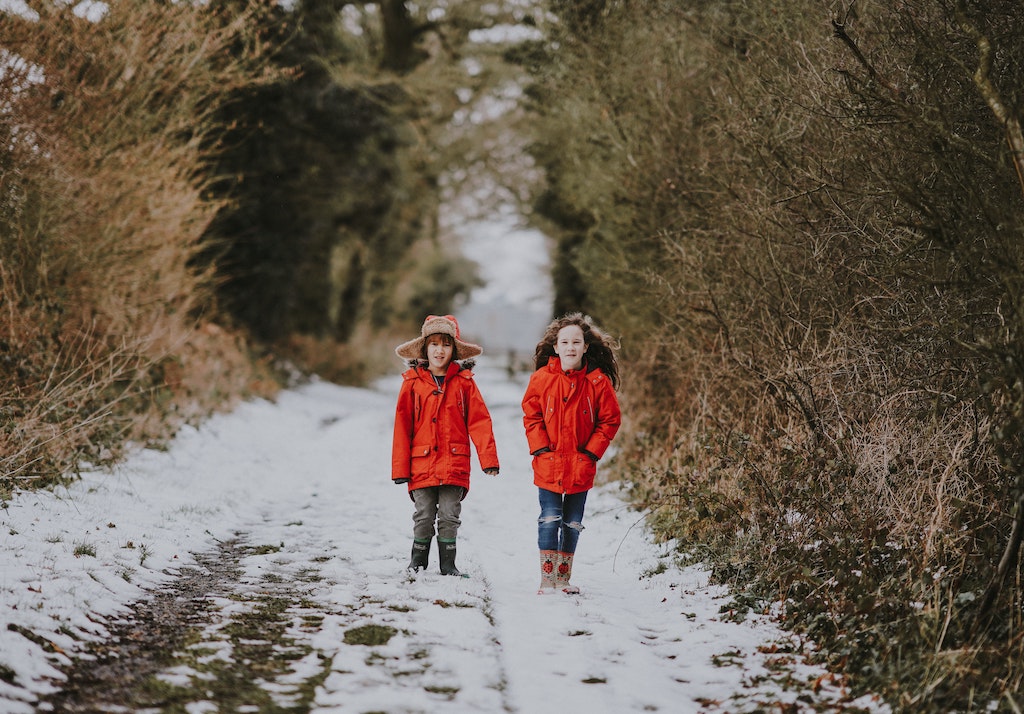
I am an ‘All Things Summer’ kinda gal. I love the beach, endless sunshine, and all sorts of summer shenanigans. For me, there’s nothing a pair of flip flops and a salt-rimmed margarita can’t solve.
So, when those summer mornings start to get chilly and the sun starts setting earlier, I start to mourn the end of my favorite season. My heart is always very heavy on August 32nd. I have a hard time enjoying autumn’s beauty because all I see is an impending Polar Vortex looming around the corner. WINTER IS COMING!!! I’m fairly confident this will be the winter Jon Snow was warning us about!
A dear friend of mine, one with ‘All Things Winter’ as part of her genetic makeup, sent me a podcast discussing the hygee lifestyle. If you haven’t heard of this, hygge is a Danish word that doesn’t have an exact translation into the English language but is more of a feeling of coziness and togetherness. It’s probably better described as a feeling of gratitude, appreciation, and enjoyment of the moments. And here’s where I experienced my AH-HA moment! As a parent coach, it is my job to guide my clients to have a more positive outlook. I help families on a journey to transformational change one small step at a time. Are you seeing the irony here?? My focus has been all wrong and I have been sabotaging myself—okay, winter doesn’t have to be my favorite season, but by all means, I can certainly embrace it and find the good it has to offer. It’s time to take on my personal “Project: Embracing Winter!”
The thing about change is, well, it’s just hard. We’ve all experienced breaking old habits and creating new ones, and it’s downright tough! In order for the change to happen, there has to be a level of awareness, an intentional goal, and motivation to get the ball rolling. And, while we want the change to happen instantly, it’s important to understand that change is more likely to stick with practice, consistency, and a positive outlook. I decided it’s time to take my own advice and learn to change my perspective on winter.
When I envision how I’d like the next few months to look, all I see is hygge. Allowing myself to slow down and savor the moments—especially the cozy ones! Rather than sulk on the numerous dreary winter days New Jersey seems to offer, I’d like to celebrate the bright, crisp days we do encounter. I’d like to look forward to feeling comfortable while spending time outside in the cold. Ideally, I’d like my family to try new activities outside together…without feeling miserable…and with minimal complaining! In a nutshell, I want to feel like I’m living it up through winter rather than just getting through it.
After some soul searching, Pinterest surfing, and lots of getting myself mentally psyched, I’m ready to take on “Project: Embracing Winter.”
1. Reframe is the name of the game! If I’m constantly expecting the worst, the worst is what I will find. Reframing negative thoughts will help me shift my perspective to focus on the good, what’s currently working and the small moments I’m appreciating. BOOM! Automatic gratification!
2. Inventory the outwear. Time to assess all our winter pieces and order whatever we’re lacking (like super warm socks!) so we can tolerate some extended time in the cold. I’m tossing the idea of dressing to look fashionable, not sure if I ever achieved that anyway! I’m confident we’ll all enjoy the elements more if we are dressed appropriately. There’s no such thing as bad weather, only unsuitable clothing, am I right?
3. ‘Creating cozy’ inside and outside my home. According to Pinterest, you can reinvent any space by adding some blankets (I’m thinking of the heated sort!), pillows, candles, and strands of lights! And, by the way, I’m fairly confident nobody will be in my house for the next few months, so I’m in no rush to take down pretty Christmas lights!
4. Let’s make a date! My kids always make a summer bucket list, so why not a winter bucket list? We can put an activity on the calendar each week that will include something everyone enjoys (that’s my ‘reduce the complaining’ plan!!). An ideal outing for us could be bundling up, enjoying an easy hike, and sharing some hot cocoa with marshmallows upon our destination.
5. Let’s get cooking! Finding new recipes that are hearty and comforting that can be enjoyed outside may be a big win this season. Maybe even getting the whole family involved with making dinners like fondue or sushi could be a lot of fun. For outside entertaining, how great would it be to make a s’mores charcuterie board and a hot cocoa station for outside guests!? Yes, please!!
6. Enjoy old favorites in a new way. There are so many activities we enjoy during the summer that could be new winter fun with a twist. I plan to check out some outdoor locations we normally visit during the warmer months like the beach, boardwalk, maybe even an arboretum. With evenings happening earlier in the winter, occasional sunset walks before dinner could be enjoyable. If it’s mild enough, an outdoor movie night would be a great way to spend an evening with family or friends.
When challenged to make a change, you can resist it and fight every step of the way, or you can embrace the change and make the most of it. While I may not have control over this situation, I do have control over my attitude, perception, and actions (says my inner control freak). It’s certainly not easy to keep your focus on finding the good, but I’m flipping my perspective and taking small steps to make the most of this winter! And, if those tips don’t make me a convert, at least they will help occupy my time as I countdown the days to the first day of summer.
Hi! I'm Rebecca from Real Life Parent Coaching. I use my background as an educator to help parents discover & cultivate their strengths and reach their parenting potential. I live in New Jersey with my husband and two kids. I enjoy exploring, being creative & having fun with my crew!
